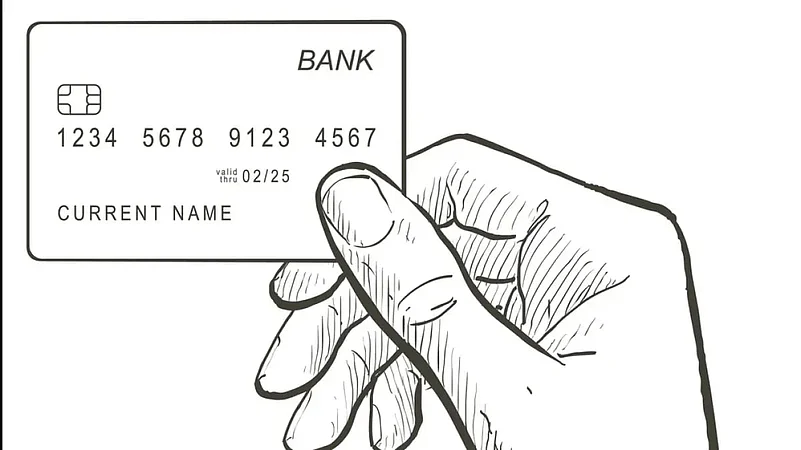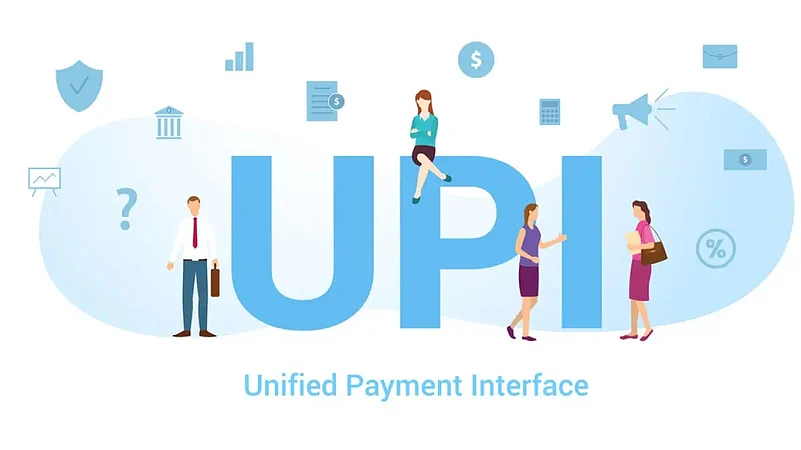The Unified Payments Interface (UPI) mechanism has reached another milestone, clocking the highest single-month transactions in May 2022. According to a survey conducted by the National Payments Corporation of India (NPCI) , respondents over the age of 60 preferred cards, UPI and mobile wallets were highly popular amongst the younger and middle-aged population.
Globally, India’s UPI is being studied as a test case for real-time payments as global peers fall far behind in terms of digital payments. “India’s real-time payments success stems from a coordinated approach to mass adoption nationwide and not being tied to, or heavily invested in traditional, expensive, and relatively inflexible electronic payment infrastructure like its US and European counterparts,” says Ankur Saxena, country leader, India and South Asia, ACI Worldwide Payments.
Where UPI Scores
UPI is a centralised facility that does not rely on individual banks. “The majority of real-time payment systems rely on similar underlying technologies to operate, but how the technology is aligned, coordinated, and deployed varies considerably. India has a government-backed model that has standardised and centralised every aspect of the system, with alignment and commitment from financial institutions,” adds Saxena.
It's simplicity is another factor that has led to its wide uptake and success. “The approach was such that a secure, instant payment app could be created which could help the masses adopt digital payments at less cost and with minimal difficulty,” says Venkatesh P, director, Maveric Systems, a banking technology service provider.
The key, however, is the underlying infrastructure, which is the Immediate Payment Service (IMPS). “India’s UPI payment system is built on top of IMPS; in the backend, all transactions are processed using the IMPS system only,” says Dewang Neralla, CEO, NTT DATA Payment Services India. But unlike an IMPS user, who needs details such as the receiver’s bank account and IFSC code, all a UPI user needs is the UPI ID.
“I have spent a significant amount of time living and working in the US - what I know from personal experience is that India's payment system is much superior and more democratic compared to even the centre of the financial world,” says Atanuu Agarrwal, Co-founder of Upside AI, an ML-backed PMS.

Far Ahead Of Global Peers
A recent report by ACI Worldwide payments highlighted that India’s UPI system is far advanced than many developed nations. Click here to read more.
A total of 118.3 billion real-time payment transactions were made globally, out of which 40 per cent or 48.6 billion transactions were made using UPI, according to the same report mentioned above.
India processed 2.7 times more instant payment transactions than China (18 billion in 2021) and 6.5 times more than the combined transaction figure of US, Canada, the UK, France and Germany (7.5 billion).
Though US has several privately-held real-time payment wallets like PayPal, there was no cetralised system yet due to their federal nature. The US Federal Reserve’s instant payment solution FedNow is expected to enter its pilot testing phase only now in 2022.
“The US has over 4,000 banks and most states have their own banking payments law over and above the US Fed regulations. Whereas in India the number of banks are far lower and all banking regulations are handled by the Reserve Bank of India (RBI),” says Neralla.
On the other hand, Europe largely remains a cash economy. According to a European Central Bank Report, titled “Study on the Payment Attitudes of Consumers in the Euro area”, 73 per cent of all transactions are still conducted using cash across the EU.
“The only other nation that could compare with India is China. It remains the second-largest real-time payments transaction volume country, yet its real-time development has been stymied due to the dominance of private digital wallets giants WePay and AliPay,” says Saxena.
How UPI Can Contribute To India’s Growth
In India, instant payments generated an additional payment cost savings of $12.6 billion in 2021. This cost savings helped unlock $16.4 billion of India’s economic output or 0.56 per cent of India’s GDP, according to a Cebr economic research study.
The study forecasted that by 2026, an additional $45.6 billion worth of economic output may be generated by India’s instant payment solutions which will be equivalent to about 1.12 per cent of India’s GDP.
“Our research shows a clear correlation between real-time payments and economic growth. Essentially, when the transfer of money between parties is facilitated within seconds rather than days through real-time payments, it improves overall market efficiencies in the economy. This reduces cash flow issues for businesses and households and frees up additional funds for investment or purchases,” says Saxena.














